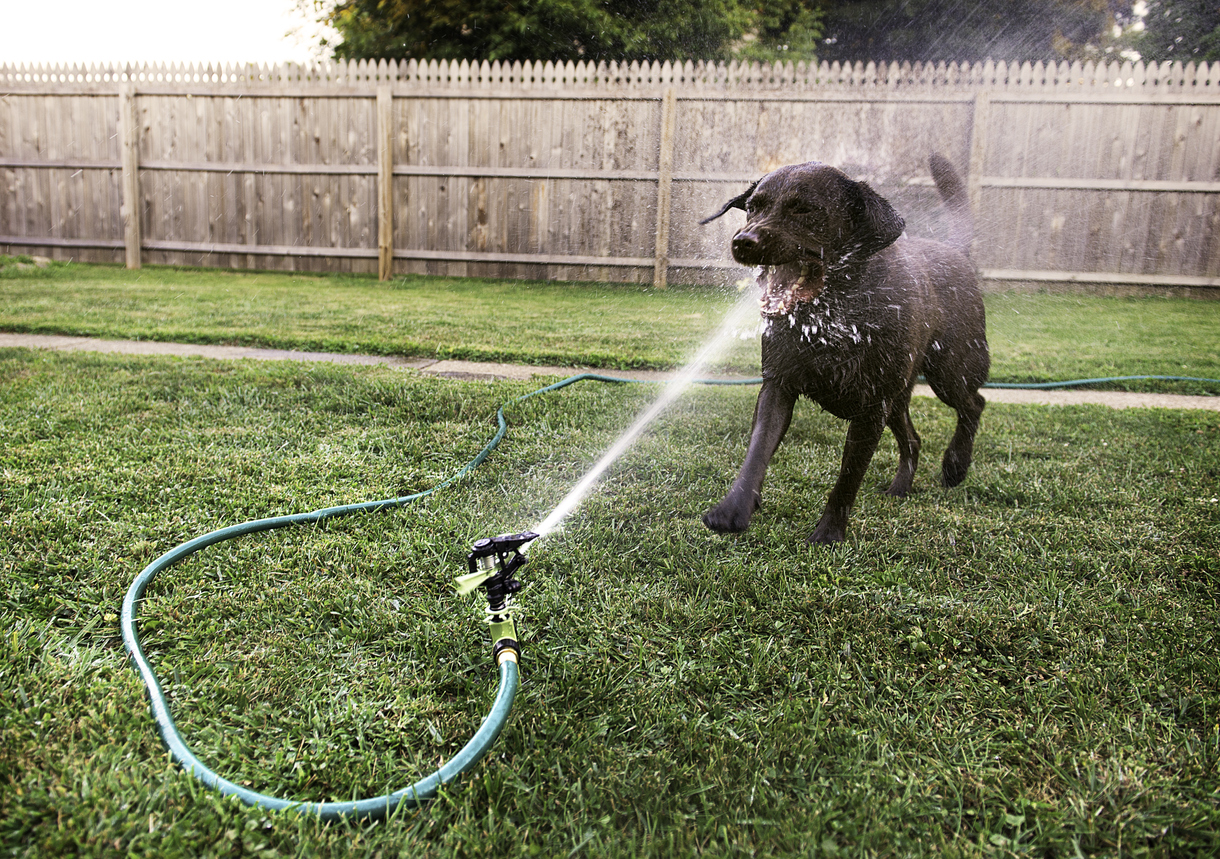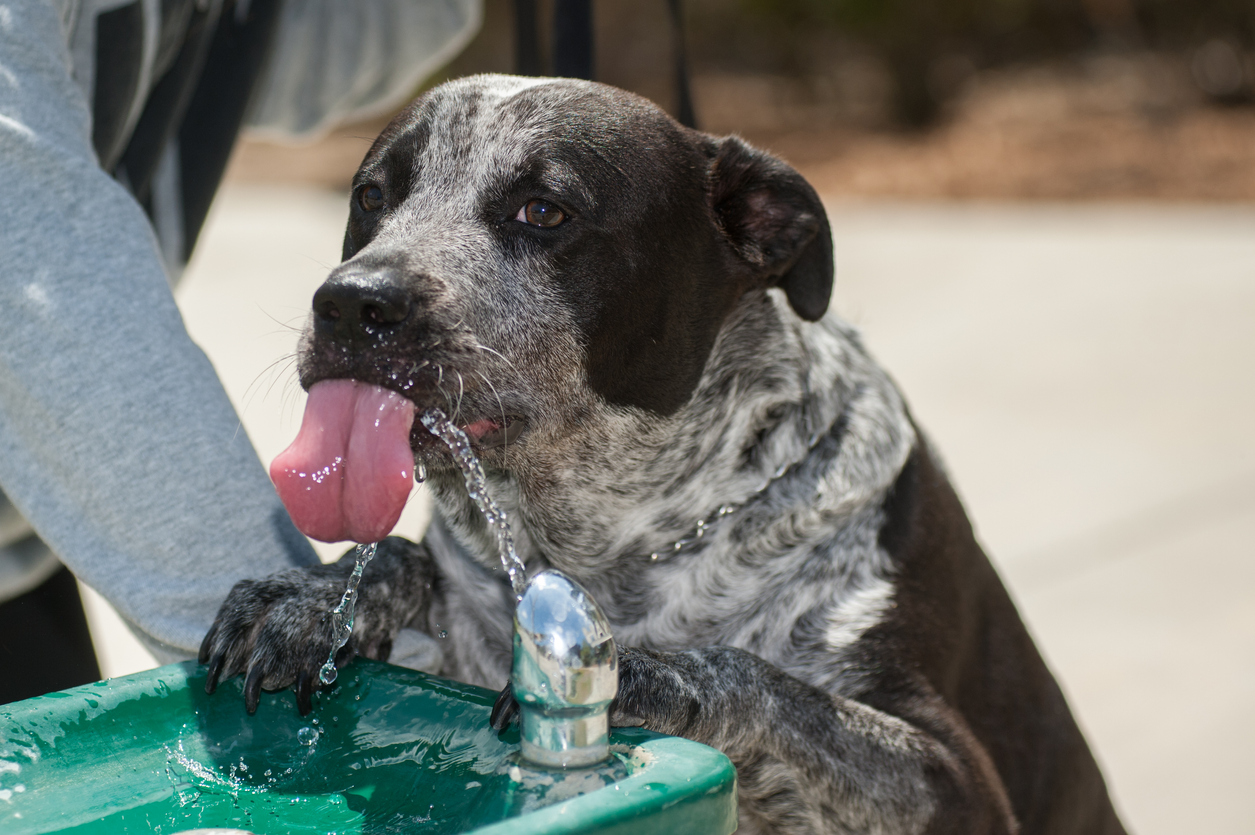Water is essential for all life, and it plays a vital role in keeping dogs healthy. It helps them digest, eliminate waste (aka pee and poop), support cognition, maintain blood pressure, and deliver nutrients throughout the body.
A dog’s body weight is made up of 60-70% water, which makes it the most important and abundant nutrient in our dogs!
According to the World Small Animal Veterinary Association (WSAVA), access to adequate water and food is the second of five animal welfare needs. The official advice says, “All animals in need must always be provided with enough fresh, clean drinking water.” You can learn more about meeting the needs of animals here.
Impact on your dog’s needs
Just like humans, dogs need to maintain healthy hydration levels. Some conditions may cause reduced water intake, such as pain and infection; diseases that lead to increased water intake, such as diabetes, Cushing’s disease, and liver and kidney disease; There are even diseases that affect the body’s ability to control the proper thirst response (such as when you eat too many potato chips and can’t realize you’re thirsty), such as diabetes insipidus.
Of course, it’s just that their daily routine may affect how much water they need. Activities like exercise and jogging require increased water intake, both for you and your dog. Environmental conditions such as overheating may also require increased water intake to compensate for ongoing water loss. Vomiting and diarrhea can also cause water loss.
Adequate hydration is essential to keep your dog healthy and happy. Water loss occurs mainly through urinating and, to a lesser extent, through their poop. Another common way they lose water is by panting. So, although it looks cute, it looks cute, which could mean they need some water.
Here are some signs that your dog may be dehydrated:
- Loss of skin elasticity
- Dry and sticky gums
- Decreased appetite
- vomit
- diarrhoea
- Decreased urination
- Eyes sunken and dry
- Reduces energy levels and drowsiness
So how much water does my dog need?
The easiest way to estimate water intake is based on body weight. Most dogs will drink about 1 ounce/lb/day.
How to keep your dog hydrated
Dogs get their water mainly from diet and drinking water. The good news is that dogs (and cats) have the ability to adjust their water intake based on the amount of water in their diet. Here are some tips to ensure your dog gets enough water this summer and every season:
- Feeding fresh foods, such as Stay’s nutritious meals, has a higher water content than dry food, which means your dog will need fewer water bowl trips. While kibble foods are typically only 7-10% moic, Stay’s healthy recipes have 70-75% moisture!
- Free fresh water is available at all times. If you have more than one dog, prepare at least one water bowl for each dog.
- Some dogs prefer nutrient-rich flavored water because it tastes better. It has been proven to maintain a low body temperature even in a group of working dogs that are exercising.
- Dogs don’t like warm water. Help your dog stay cool on hot days with ice cubes or fresh puppy ice.
- You can also get one of these puppy pools!

It’s important to keep your dog hydrated during the summer, but it’s also important all year round. Making sure your puppy has enough water and water in their diet will help them stay healthy and happy!

